Many people take an “out of sight, out of mind” approach to the process that follows a funeral. While most will grieve and remember their loved ones, thinking about what happens to a dead body in a coffin once it’s buried is often avoided.
But wondering about the human decomposition process and timeline is entirely normal. There’s nothing wrong with having questions.
In a coffin or casket, a body will decompose over time. During the first few months underground, the body will typically undergo active decay, putrefaction, and blackening. Over several decades, the tissue and organs will continue to break down and liquefy until only the teeth remain.
Of course, many variables can affect this process. So in this post, we will set out the uncomfortable but intriguing truth about what happens to a body in a casket, and the factors that can have an impact.
Related Article: What Does a Dead Body Look Like After Two Weeks? [Explained]
In This Article
Understanding Human Decomposition
“Human decomposition” is a word that describes the processes that cause a human body’s internal organs, tissues, and bones to decay into organic matter over time.
You have likely seen types of animal decomposition before. Examples are days-old road kill or a dead bird on the street, with flies and bugs picking away at the corpse.
The decomposition of the human body is similar.
This means it isn’t pretty, and many people want to avoid seeing (and smelling) it. Some people also like to delay it – and that’s one of the reasons we bury the dead in coffins.
The Effect of a Casket or Coffin
When placed in a coffin, a body’s decomposition rate will typically be slower than for most bodies buried directly in the earth, like with natural or green burial.
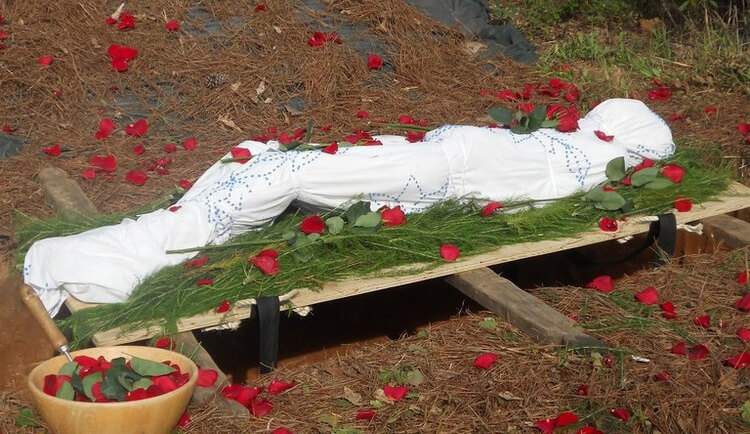
The amount by which it can be slowed depends on many external factors. According to Dr. Krishan Vij of the Government Medical College and Hospital in India, these factors include:
- The size of the body,
- The temperature of the body,
- Moisture levels,
- Oxygen levels,
- pH levels,
- And whether the body is below or above ground.
Because there are so many variables, the exact amount of time a human body will take to decompose in a coffin is hard to accurately define.
Attempts have been made to create a “universal formula” for estimating how long a body will take to decay. But according to Dr. Diane L Cockle of Simon Fraser University, this has not yet been achieved – the science is still not “clearly understood.”
However, while it may not be “clearly understood,” it is still “kind of” understood.
By applying what’s known about decomposition to the variables coffins introduce, there are rules of thumb that can be relied upon:
Decomposition Timeline of a Body Before and After Burial
Every buried dead person will go through the five primary stages of decomposition:
24 to 48 Hours: Initial Decomposition and Transfer to the Funeral Home
The first stage of decomposition begins at the moment of death and is, somewhat eerily, called “the Fresh stage.”
At the start of this stage, the body will still be warm and, in most cases, in relatively good condition.
During this stage, the preliminary steps of funeral planning usually begin. The deceased’s family or the hospital will be coordinating the transfer of the body to their funeral home of choice.
While that is happening, the body will gradually become pale (pallor mortis), cold (algor mortis), and stiff (rigor mortis). Enzymes in the body will begin digesting cells; this is known as “autolysis.”
In most cases, the body will arrive at the funeral home for a funeral director to embalm or refrigerate during this stage of decay. Visually, the body will usually look similar to how it did at the time of death.
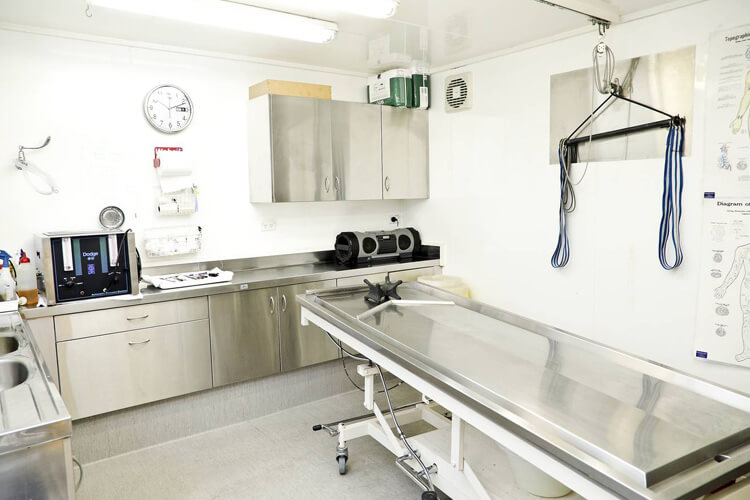
48 Hours to 2 Weeks: Bloating, Embalming, and Placement in the Coffin
The bloat stage begins as the makeup of bacteria in the deceased’s body transitions from aerobic to anaerobic bacteria. This typically starts 4 to 10 days after death but can occur earlier or later.
The enzymes that started digesting the cells during initial decomposition begin to release foul-smelling gas. This can result in visible bloating of the corpse.
Related Article: Why Are Dead Bodies Bloated? [Human Decomposition Stages]
Embalming
If the deceased’s family has chosen to have the body embalmed, most funeral directors will hope to have completed that before this stage of decomposition starts.
In fact, funeral homes typically aim to embalm bodies as soon as possible, usually within 24 hours of death.
Funeral Service
Funerals and viewings usually occur within 1 to 2 weeks of death. If all goes to plan, they should be able to be held before, or in the early phases of, the bloating stage while the body is still presentable.
Weeks to Years: Active and Advanced Decay
The third stage of human decomposition is “active decay,” which can occur over months or years.
Now in a casket, buried, and out of sight, the once-living tissues of the deceased will continue to decompose. Putrefaction will occur, and the body will discolor and blister. Organs like the stomach and intestines will decay, and the hair, nails, and skin will become loose.
Slowly, fluids will be released from the body in a natural process called liquefaction. Over time, the body will slowly “dry out”:
Years to Decades: Skelonitization (Dry Decay)
Eventually, a body in a casket will decompose so that only the deceased’s skeleton will remain. A few more decades, and just the teeth.
While a coffin can prolong the process of decomposition, taking something that would generally take around a year and extending it over many more, all bodies turn to bones and then dust eventually.
How Does Embalming Affect What Happens to a Body in a Coffin?
Embalming is one of the many strategies humans have invented to delay the decomposition process. Its primary purpose is to preserve the deceased’s appearance for a funeral.
The central part of the embalming process involves replacing a deceased’s person’s blood with embalming fluid.

This allows loved ones to say goodbye to the deceased in a dignified way. Chemicals like formaldehyde are used in the process.
Embalming cannot stop decomposition but can slow the process down in the short term.
However, in the long term, embalming does little to affect what ultimately happens to the embalmed body in the casket or coffin. According to historian Norman L Cantor in his book, After We Die: The Life and Times of the Human Cadaver:
“Typical embalming for a funeral seeks to protect the corpse from putrefaction only for a matter of days or weeks. The object is to buy time for visitation and disposal during the several days following death. Thereafter the [embalming fluid] breaks down and bacteria begin to do their work.”
There are exceptions to this, like in the case of Eva Peron’s corpse, that was kept in reasonable condition for over 20 years. However, to achieve this, the embalming process had to be repeated over time, which is impossible once a body is buried.
How Does the Type of Casket Affect the Decomposition of the Body?
Almost all types of caskets will slow the decomposition process, but none will prevent it entirely. And the differences between caskets are surprisingly minimal.
Naturally, a body buried in a wooden coffin will be much more susceptible to the elements than something made out of metal with a gasketed seal.
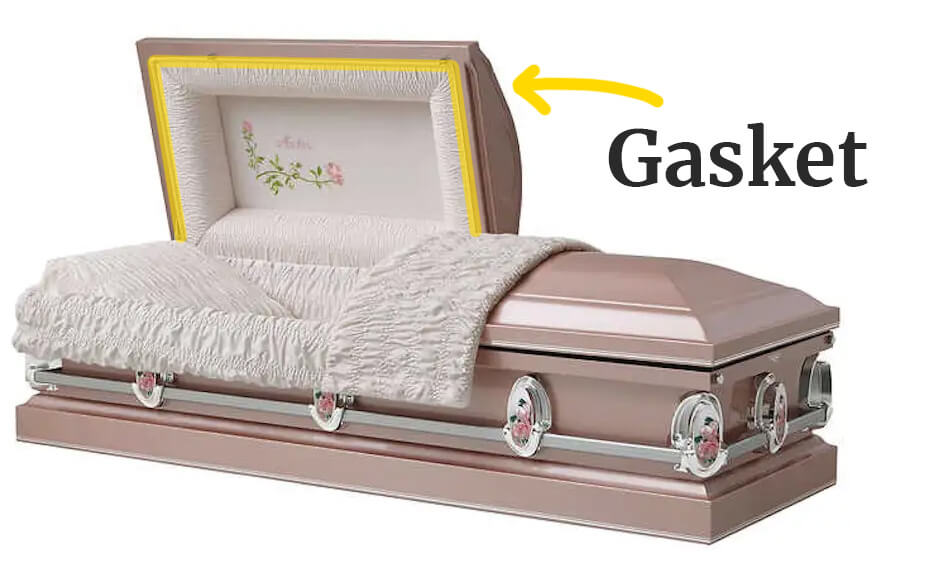
However, even in an air-tight casket, anaerobic bacteria still thrive, and the body will ultimately decay.
The Federal Trade Commission specifically prohibits coffin and casket manufacturers from making “any representations to consumers that funeral goods or services will delay the natural decomposition of human remains for a long term or an indefinite time.” (Note: PDF Link)
Does a Lead-Lined Coffin Change Anything?
Lead-lined coffins are the coffins of choice for members of the British Royal Family. These coffins are supposedly air and watertight, keeping moisture out.
The British press widely reported that this type of coffin could preserve a body for “up to a year longer” after Queen Elizabeth died.
We are unaware of any evidence to support this claim, and it doesn’t seem very likely in light of all the other information available.
The Bottom Line
In a casket, a body decays. There are five stages that everyone will eventually go through. There are no ways around these simple facts.
If someone tries to tell you (or sell you) otherwise, we suggest being very skeptical.
If you have any further questions about caskets or anything else beyond life, please feel free to leave a comment below or get in touch.

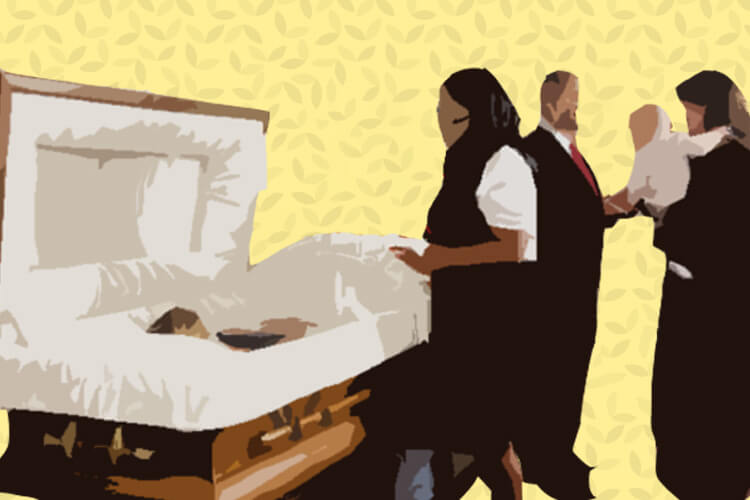







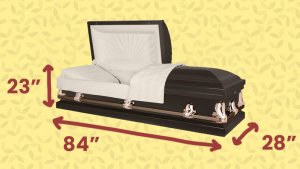

2 Responses
I saw an Afghanistan fighter who was buried in a coffin for 18 years, then exhumed! With none of the Embalming proceduires, the corpse looked a s good as new! He was buried as is, with his street clothes on! Amazing!!
I do not know why I ended up on this page, curiosity, I guess. I wanted to know what happens to the body of the loved ones as I have lost a lot of people who were dear to me. Thanks for the information and clarity.